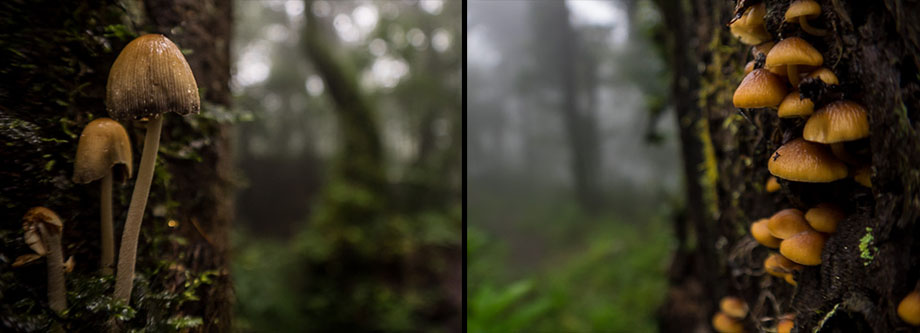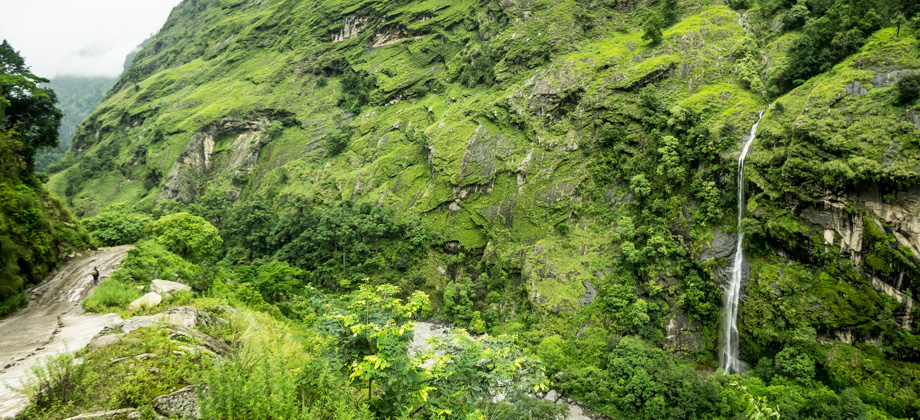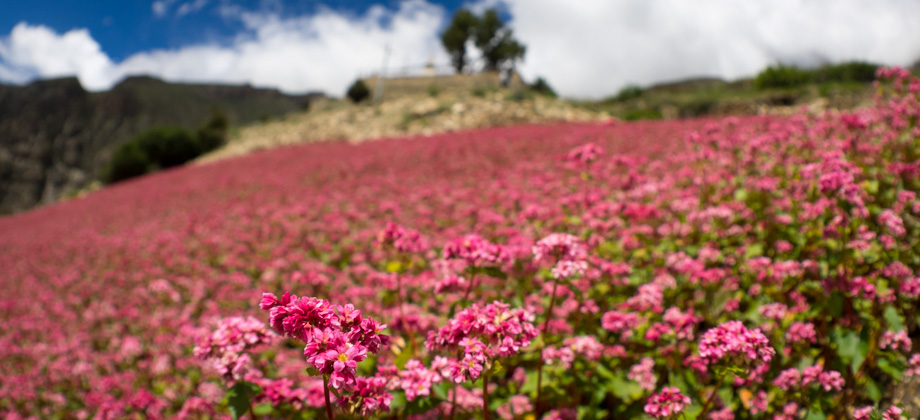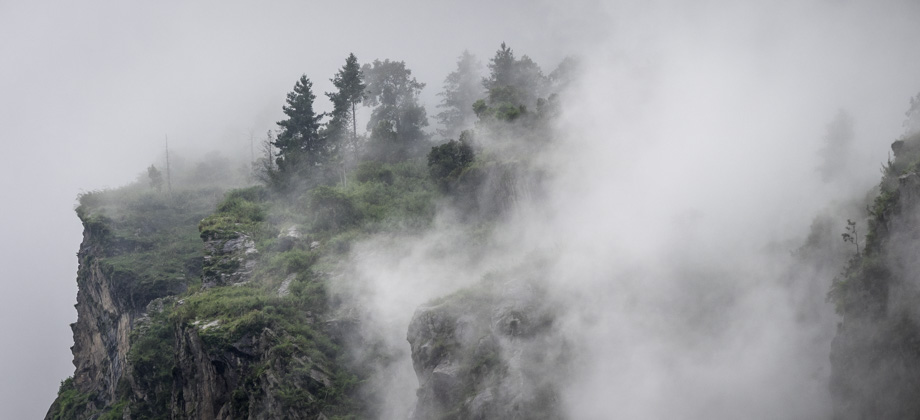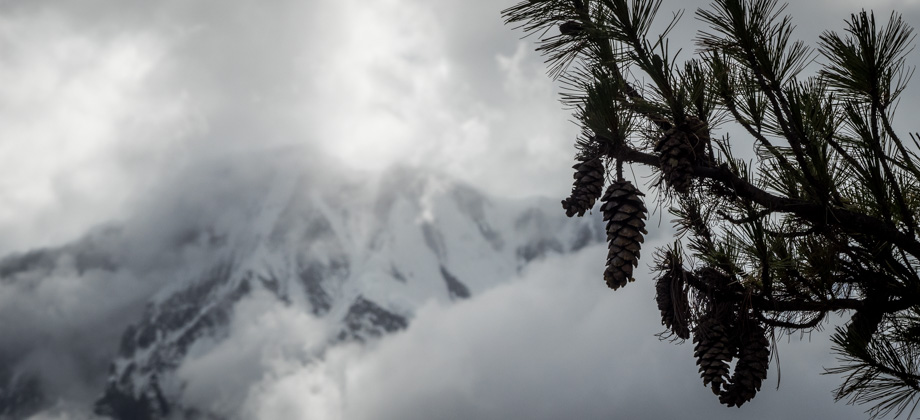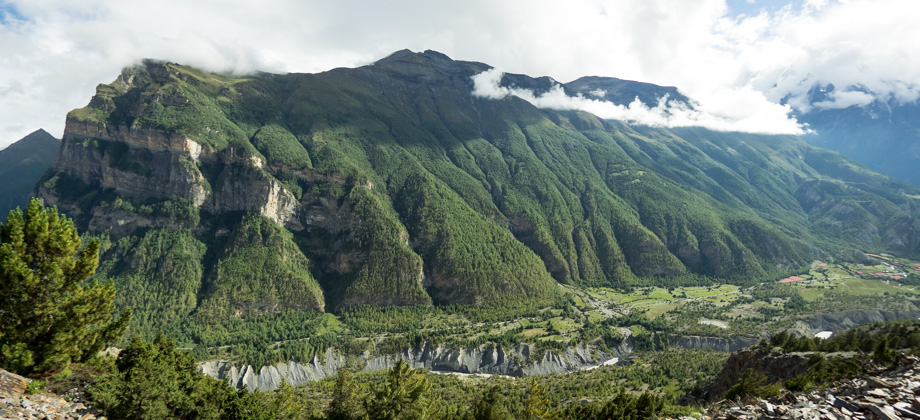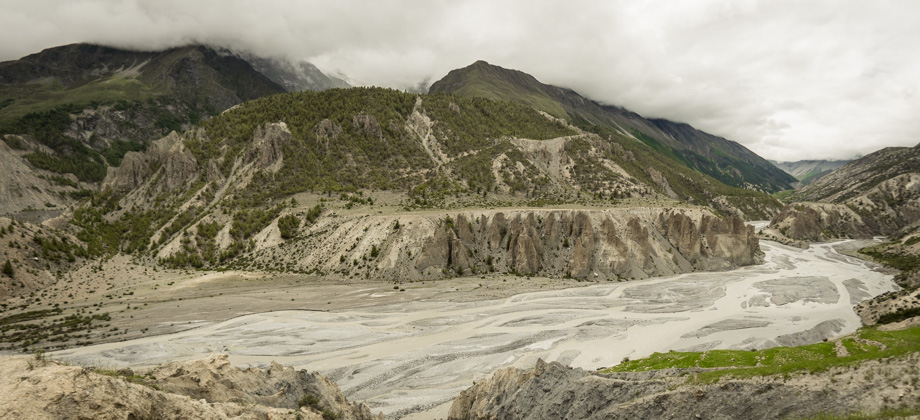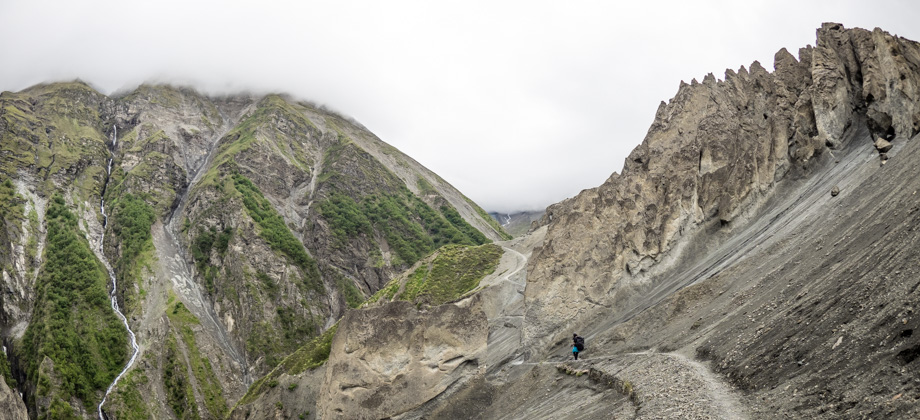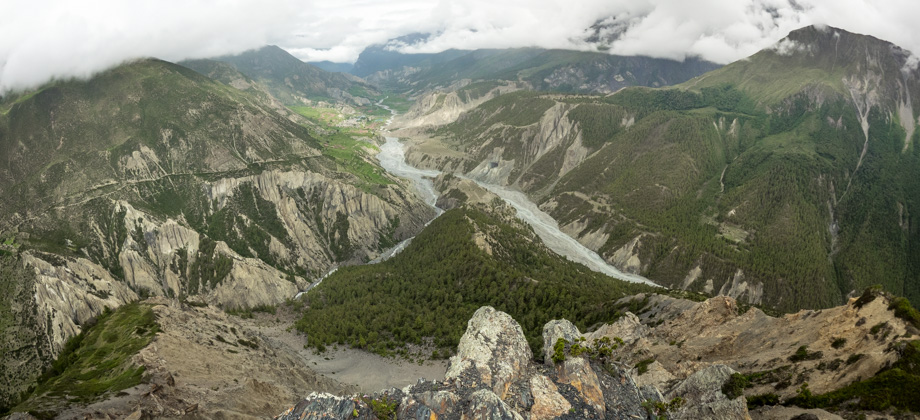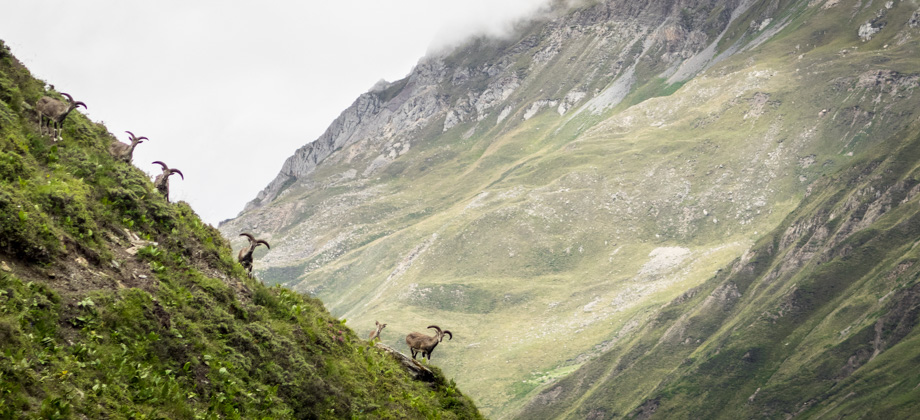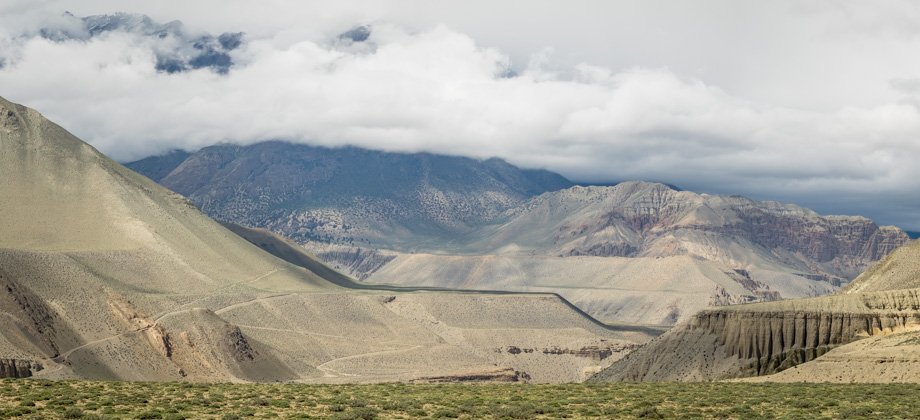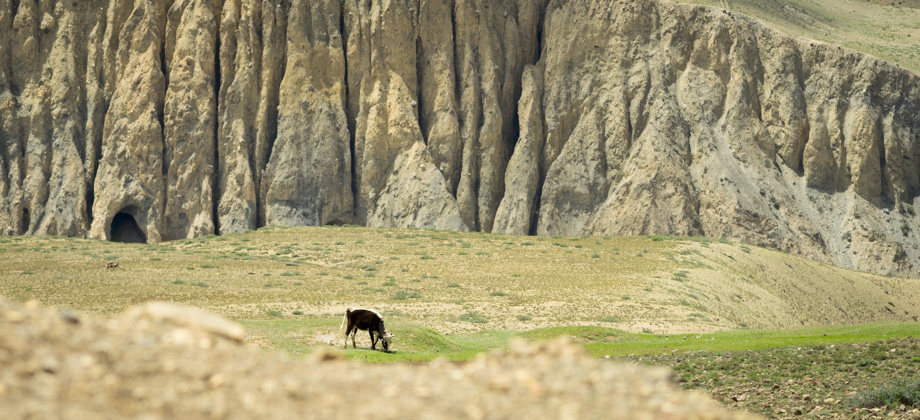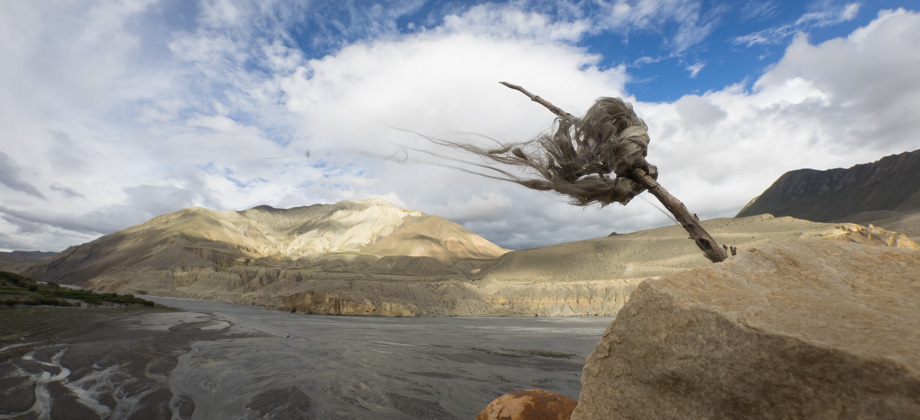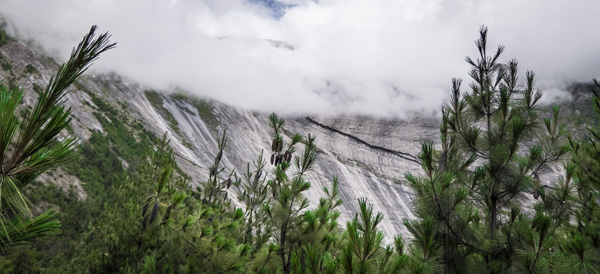ACT Day 04 - Danakyu to Thanchok
Mushrooms
Members of the other division of higher fungi (Basidiomycota) were even more numerous, and all of the ones that I encountered were mushrooms! Mushroom species can be very hard to identify, and some of the smaller ones can sometimes only be distinguished with the help of a microscope. That is why even mycologists refer collectively to all little brown mushrooms as 'LBMs'. When trying to identify mushrooms, there are many characteristics and clues that you can look for. The colours and other notable features, such as markings or the presence of a ring on the stem, tend to be quite obvious; whereas other things like their constituency and odour are far less so. Despite that, these 'clues' can still help a great deal. One of the most obvious characteristics would be the shape and texture of the mushroom's cap, or 'pileus'. The archetypal cap of a mushroom is curved, either gently like a hyperbola (referred to as 'convex'), or steeply like a parabola (referred to as 'ovate').

